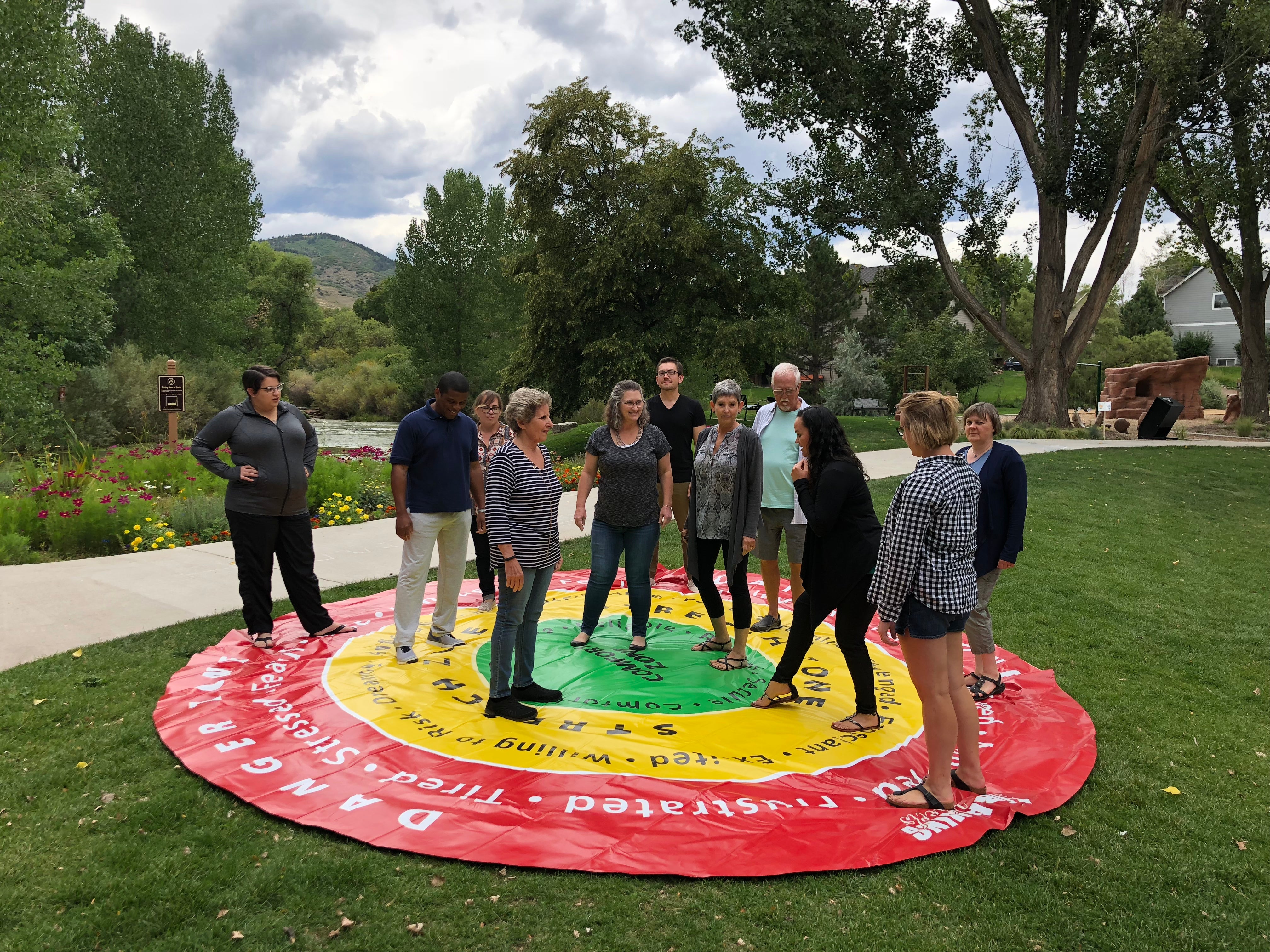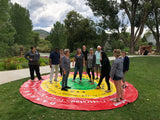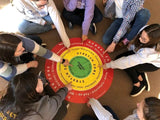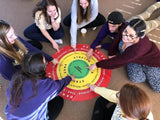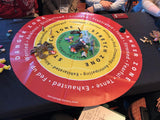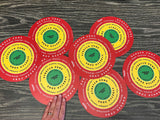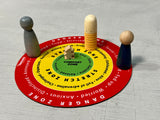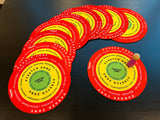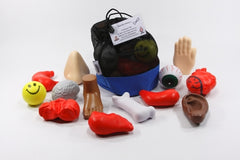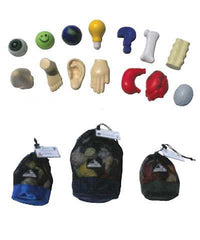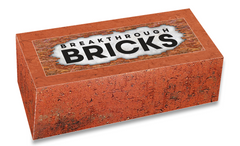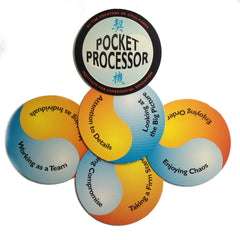Comfort Zone Bullseye
Those of us in the Experiential industry often ask our participants to step outside of their comfort zones. This Comfort Zone Bullseye Activity will help participants to understand what it means to step outside of their comfort zone and be open to experiencing something new. This activity also allows participants to see how one person may be in their Comfort Zone, and another person may be in the Danger Zone for the same scenario. This leads to excellent debriefing points on how we all have different tolerances for different scenarios.
The Three Zones
- Comfort Zone: Where you are comfortable and feel 'safe'. Routines are easy, I possess skills that enable me to perform tasks well.
- Stretch Zone: Where you are doing something new, allowing yourself to learn, you feel energized and engaged. You are willing to take risks.
- Danger Zone: (or Panic Zone) Where you are paralyzed by fear, cannot think straight and are completely and utterly challenged to use your resources.
Props Needed
- Comfort Zone Tarp or three rope circles distinguishing the three zones
- Physical Risk and Emotional Risk Scenario Cards
Activity Directions
- Have the participants stand in a circle around the tarp. Include yourself in the circle. If you have the table top model, invite participants to sit around a table within an arm's length away from the center of the bullseye.
- Describe the three zones and their attributes
- Start with Physical Risk Scenarios. Read one scenario at a time.
- Ask participants to physically place themselves which zone they are in for each scenario. They could even stand near the word printed on the tarp that matches a feeling that specific scenario raised. If you have the table top model, ask them to place their finger on the appropriate place on the tarp.
- Ask one participant in each zone to give a short explanation for why they placed themselves in that zone.
- Complete five scenarios for Physical Risks, then move to Emotional Risk.
- Debrief the Experience
Facilitator Script
“OK everyone, please join me in a circle around this large tarp here on the floor. You will notice that there are three rings to this ’bullseye’ here. The center of the bullseye says ’Comfort Zone.’ The next ring out is the ’Stretch Zone’ and the outer ring is the ’Danger Zone.’ You’ll also notice there are some different words printed in each zone that correlate with the feelings you may experience when you are in each of the respective zones. When someone is in their Comfort Zone:, this is where you are comfortable and feel 'safe'. Routines are easy, I possess skills that enable me to perform tasks well. In the Stretch Zone, this is where you are doing something new, allowing yourself to learn, you feel energized and engaged. You are willing to take risks. Now once we move into the Danger Zone or the Panic Zone, this is where you are paralyzed by fear, you cannot think straight and are completely and utterly challenged to use your resources. Our comfort zone is usually where we spend most of our day to day. Usually it's with people you know and interact with on a regular basis. Your work routine is familiar and you are used to your environment.
Now that we've had a brief introduction to the three zones, I'm going to read through a few scenarios and I'd like you to 'vote with your feet' and physically place yourself in the appropriate ring of the bullseye that relates to your personal reaction to each statement. Are there any questions before we begin?"
Example of Physical Safety Scenarios:
- Riding in a car without a seatbelt
- Not wearing a helmet while riding a bicycle
- Running in a Tag Game.
Example of Emotional Safety Scenarios:
- Public Speaking
- Singing a song in front of a group of people
- Sharing stories about your family
After the Comfort Zone Scenarios have been completed: "Today in our program, I’m going to present some challenges to you that will probably stretch you a bit. I’d like to encourage you to step outside of your Comfort Zone and into your Stretch Zone with me for the day. New learning takes place in the Stretch Zone. However, there is nothing worth stepping into the Danger Zone today. We stop learning once we get into the Panic Zone, and we often go into Fight or Flight mode. That's not a place I want you to go today, so please let me know if you feel like things are getting a little too intense for you. And please feel free to use the language from this tarp. If you tell me that what we're doing is starting to push you a little too far outside of your Comfort Zone and into the Danger Zone, then that’s an immediate stop for me, and we will halt what we are doing and have a conversation about what is going on. Are there any questions?”
Teachable Moments
- This activity helps create a common language for group members to use throughout the program.
- It helps set expectations and boundaries early in the program.
- You could easily replicate this activity with three different sizes of rope circles, preferably in different colors.
- Full activity writeup and expanded Scenario Cards included with the purchase of the Comfort Zone Bullseye.
Product information: We make these tarps out of billboard material, so you are literally purchasing a small billboard. This means this tarp could be left outside in multiple weather scenarios and the tarp will maintain its integrity.
Included in purchase:
- Large Floor Model: One Comfort Zone Bullseye tarp (16 feet in diameter), Laminated Risk Scenarios (Physical Risk and Emotional Risk), one stuff sack and activity Instructions.
- Table Top Model: One three-foot tarp, Laminate Risk Scenarios (Physical Risk and Emotional Risk), one mesh envelope and activity instructions
- 30-pack Individual Set: 30 - 8" Mousepad Bullseyes (Game pieces shown in photos not included)
Check our this short video on how to use the Individual Comfort Zone Bullseye activity:
